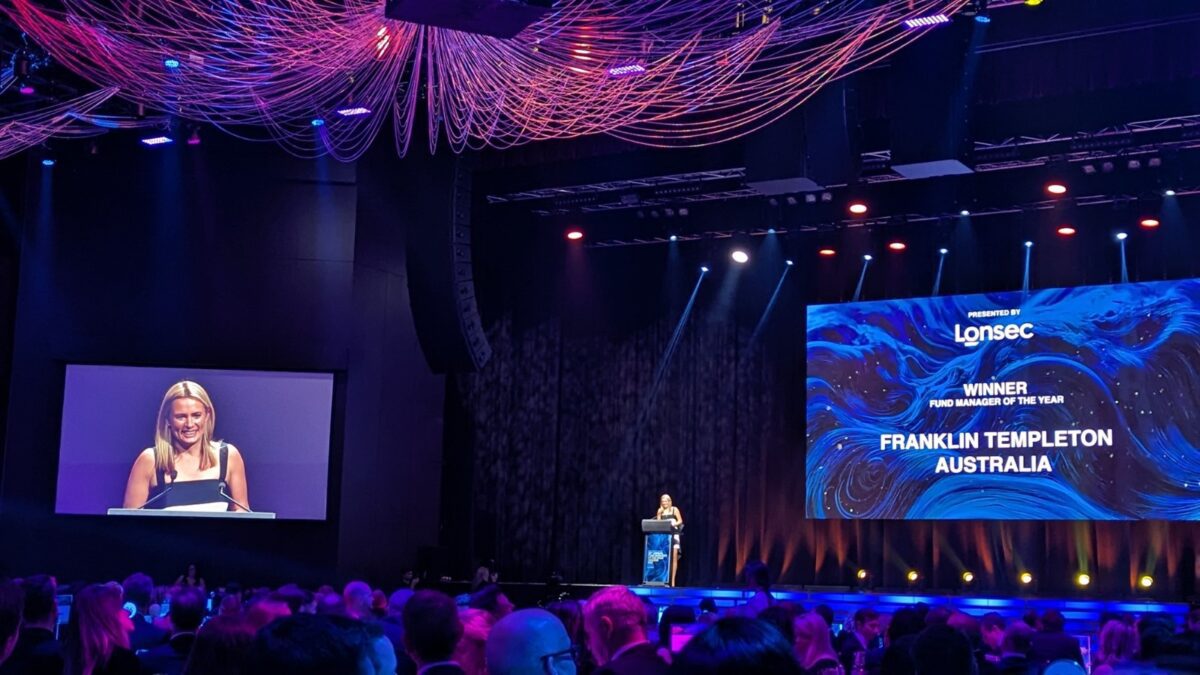Rebalancing at the Cor of all-weather approach
With investors desperately searching for strategies that have held up in the COVID-19 crash, the Cor Capital Fund is one that stands out, with a return for the March quarter of 0.47 per cent, net of fees – and a rise in April, at time of writing, of 2.75 per cent.
But what will interest a lot of investors is how the Cor Capital Fund has done this. Because the $140 million Cor fund is not a ‘short’ fund or a derivatives-oriented tail-risk protection strategy, but a fund that could actually be used as a standalone medium-term real-return investment.
The fund aims to generate positive returns regardless of the prevailing economic or financial market conditions, without incurring significant drawdowns – officially, to maximise the return above inflation over three-year periods, without incurring a capital loss over any rolling 12-month period.
This sounds like the boilerplate that comes from quite a few funds, but Cor has a fairly unique approach in the Australian market.
The Cor portfolio is allocated approximately 25 per cent to cash, 25 per cent to bonds, 25 per cent to precious metals (mostly allocated gold bullion held at the Perth Mint) and 25 per cent to developed-market equities. Those four buckets are very lowly correlated, across both short-term and long-term time periods – there is quite often a negative correlation between bonds and equities for periods of time, and between gold and equities for periods of time. These core holdings are continually rebalanced; as is the equities portfolio.
The fund applies a derivative overlay strategy that uses options over the equities holding and the precious metals holding. The derivative overlay – which only ever utilises less than 3 per cent of the fund’s capital – is also rebalanced regularly through active management.
The Cor Capital Fund generates return from:
- Holding the four buckets;
- the rebalancing process; and
- the active derivative strategy.
Michael Armitage, of funds researcher Fundlab, says the heart of the strategy is a systematic approach to portfolio rebalancing aimed at harnessing volatility, to generate added return – but without holding high levels of equity/growth market risk.
“In portfolio theory, you have two sources of return. There is asset-class return, and then there is this other potential source of return, which is the relationship between the assets,” says Armitage. “Where that relationship works best is where your portfolio is composed of things that are not correlated to each other. What it enables you to do, if you’re rebalancing regularly, is to buy-low, sell-high, on a continual basis.”
Each of the four asset classes earn a return in their own right, but Armitage says Cor Capital is not thinking that way – the fund has been built from a risk-management perspective.
“The Cor fund was designed and built on the notion that the managers have no idea what markets will do, and in fact, the only thing the managers can be certain of is that there will be surprises. They set out to build an ‘all-weather’ portfolio, that was purposely designed to protect wealth. The result is a product that has been able to perform like a balanced fund in a rising market, but perform like cash and gold in a down market.”
Armitage says the premise of the strategy is built upon the belief that it is extremely difficult to forecast asset class returns; and that the most robust portfolio possible will be diversified based upon fundamental economic drivers for all environments. It is the antithesis of what is usually considered “diversification,” especially in the superannuation industry.
“You see a lot of portfolios that are supposed to be ‘diversified,’ but they’re really 70 per cent growth – like super fund balanced funds. Even if they’re rebalancing, they’re really just rebalancing from growth to growth. And every time we have a major systemic event – it happened in the GFC, and it has happened again – we see the correlations of the assets in a balanced fund go to one, and there’s no defence for that,” he says.
Except there is: all-weather, real-return portfolios.
“We’ve seen again the inherent risk of over-reliance on growth assets,” Armitage says. “Too often, we see so-called traditional balanced-funds’ risk management exposed due to an over-reliance on historical asset price correlation. Moving forward, we see a growing demand for investment strategies that do not have this over-reliance,” he says.
The Cor fund combines rebalancing at the asset class level, at the equity level and the derivative level to generate a real return. But the point is that this return comes from true diversification, and limited exposure to growth risk. The continual rebalancing allows the manager to harness the volatility.
“Cor doesn’t really need high volatility, it just needs normal ‘noise’ in the market, because those relationships (that is, between asset classes) are always ‘mean-reverting.’ Then you have that third level of return contributor, the active derivative management.This is a relatively small element of the risk budget, but it allows for adding asymmetry to returns – the fund has the ability to surprise on the upside.”
The crucial factor is that the fund only holds 25 per cent exposure to ‘growth,’ which is equity market risk. “The fund’s performance has been attractive in the bull market phase since inception, even while holding less risky exposure, which highlights the power of the active rebalancing. Arguably, with volatility increasing, it should continue to be a lower-risk source of return.
Summing up the product, Armitage says the Cor Capital Fund is a “wealth-defending” product, that does not use any complex instruments, and is 100 per cent liquid. “This fund is just trying to give investors some stable growth through a real return, but not do it in a risky way. We would recommend an all-weather strategy like this to be considered as a core portfolio holding – anywhere from 10 per cent-30 per cent of a portfolio – if you’re using a core/satellite approach. But having said that, some high-net-wealth and family office investors – this is all they hold,” says Armitage.
The three-year return for the Cor Capital Fund stands at 7.72 per cent a year, net of fees – compared to inflation of 1.8 per cent a year. The minimum investment for the fund is $25,000.









